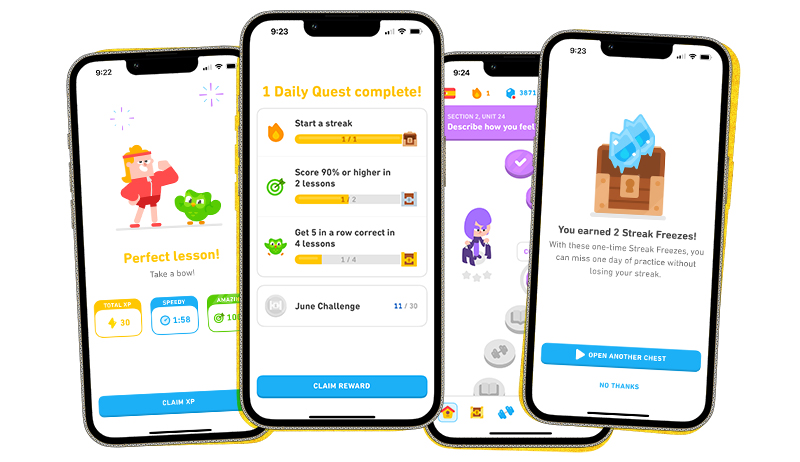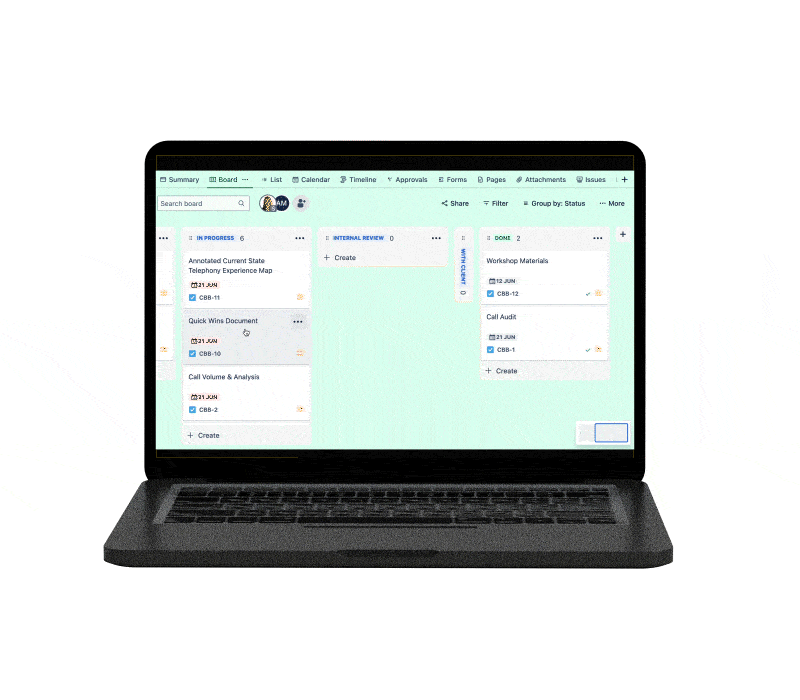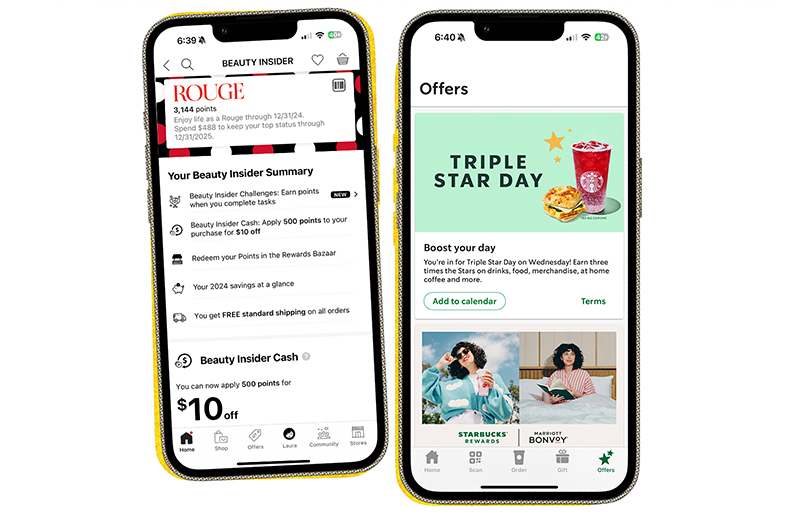Regardless of your industry or vertical, today’s B2B landscape is crowded. That means standing out from the competition is more crucial than ever. But standing out requires more than just shouting louder. It demands a strategic approach that positions your brand as a trusted advisor, rather than simply a vendor. This is where authentic B2B thought leadership comes into play.
Authentic thought leadership isn’t about empty self-promotion. It’s about creating genuine value for your target audience, sharing valuable insights, and becoming a trusted resource for complex B2B marketing challenges.
Let’s examine B2B thought leadership, why it matters, who can be a thought leader, and, most importantly, how to develop a strategy that delivers real results.
What is thought leadership?
Thought leadership is the process of establishing yourself or your company as an expert in a specific field. It involves sharing insightful knowledge, innovative ideas, and valuable solutions with your target audience. By consistently providing valuable content and demonstrating expertise, you can position yourself as a trusted authority, influencing industry trends and decision-making.
Why authentic B2B thought leadership matters
Thought leadership goes way beyond buzzwords. In fact, it’s a strategic imperative for B2B success. By positioning your brand as a trusted authority, you can transform mere awareness into deep engagement and loyalty. It’s about elevating your company from a service provider to a strategic partner.
Thought leadership can be a catalyst for:
- Lead generation: Attract high-quality prospects seeking expert guidance.
- Brand differentiation: Stand out in a crowded marketplace and build a strong brand identity.
- Customer loyalty: Retain customers by establishing trust and credibility.
- Revenue growth: Drive increased sales and profitability.
Thought leadership can also:
- Enhance employee morale and engagement: A strong thought leadership position can establish a brand as an authority figure in their industry, boosting employee pride and motivation.
- Improve customer retention: By demonstrating expertise and care, you deepen customer relationships and keep customers coming back.
Thought leadership and B2B content strategy are investments in your business’s future. By consistently delivering value and establishing yourself as an industry expert, your organization can reap the rewards for years to come.
What does a B2B thought leader look like?
A B2B thought leader is more than just a knowledgeable individual. They consistently offer fresh perspectives, insightful analysis, and valuable solutions to the challenges faced by businesses.
Unlike traditional marketing, which often focuses on selling products or services, thought leadership focuses on building trust and credibility. This, in turn, positions your brand as a go-to resource for B2B buyers (potential clients) seeking information to support intelligent decision-making.
Qualities of a successful B2B thought leader
Authentic thought leadership is about positioning your brand as a problem-solver, not just a product provider. Regardless of their industries or areas of expertise, all successful B2B thought leaders have a few things in common.
- Deep industry knowledge and expertise: Thought leaders are true subject matter experts. They stay ahead of the curve, understanding their industry’s trends, challenges, and opportunities.
- Strong communication skills: They can explain complex concepts clearly, concisely, and engagingly, resonating with their target audience.
- A passion for sharing knowledge: True thought leaders are driven to educate and empower others, not just promote themselves.
- Authenticity and credibility: Their insights are grounded in research, data, and real-world experience, establishing them as a reliable source.
Does this sound familiar? Good. You’re on the right track. But keep in mind that possessing these qualities is just one single aspect to consider when it comes to developing an authentic B2B leadership strategy.
The pillars of authentic B2B thought leadership
Building a successful B2B thought leadership strategy requires a multi-pillared approach. To truly establish yourself as a thought leader and implement an effective thought leadership content strategy, you need to get down to the details. Here’s a more granular look at some of the most important considerations.
Understand your audience and craft a resonant message
- Identify your target audience: Go beyond basic demographics. Create detailed buyer personas that establish the values that motivate your audience’s behaviors. This detailed understanding is essential for tailoring content effectively.
- Content ideation: Once you have a deep understanding of what motivates your audience, brainstorm content ideas that address their specific pain points and questions. For a more organized approach, consider creating content pillars and topic clusters.
- Keyword research: Use tools like SEMRush and Google Trends to identify high-intent and high-demand keywords and phrases. This will help you understand how your target audience searches for information and what they are talking about and searching for at the moment.
Develop a content strategy
A robust content strategy is the backbone of thought leadership. Here’s how to create one:
- Content calendar: Plan content in advance to ensure consistency and variety. However, part of content calendar management is planning for change. Be prepared to flex in response to changing trends or pivot your plan as breaking industry news emerges.
- Content formats: Experiment with different formats, like blog posts, social media posts, whitepapers, infographics, webinars, videos, and podcasts to reach a wider audience.
- Content distribution: Determine the best channels to share your content (social media, email, industry publications).
- Content promotion: Develop a comprehensive promotion plan to maximize visibility.
Engage your audience
Building a loyal following requires consistent engagement. Here are some tips:
- Social media: Actively participate in industry conversations, share valuable content, and respond to comments and messages.
- Email marketing: Build an email list and nurture leads with valuable content.
- Webinars: Host live events to interact with your audience directly.
- Public speaking: Participate in industry conferences and webinars to share your expertise.
Measure and refine your strategy
To gauge the effectiveness of your thought leadership efforts, track key metrics:
- Website traffic: Monitor increases in organic traffic to your website.
- Website engagement: Measure user engagement by tracking time spent on page, page scroll depth, and pages per session.
- Lead generation: Track the number of leads generated from thought leadership content.
- Social media engagement: Measure likes, shares, comments, and follower growth.
- Brand awareness: Track changes in brand perception and sentiment.
- Conversion rates: Monitor the conversion rates of visitors who engage with thought leadership content into customers.
Use these insights to refine your strategy and optimize content performance.
By following these steps and consistently delivering value, you can position your brand as a trusted authority in your industry. Remember, thought leadership is a journey, not a destination. Like with most things, continuous learning and adaptation are key to long-term success.
Putting it all together: Thought leadership in action
Authentic B2B thought leadership isn’t a one-and-done project. It’s a strategic, long-term approach that requires consistent effort and dedication. However, the rewards are substantial. By becoming a trusted voice in your industry, you can attract leads, generate revenue, and establish your brand as a leader. Ready to put pen to paper (or pixels to screen)? Tallwave can help you develop and execute a comprehensive thought leadership content strategy. Let’s chat.















